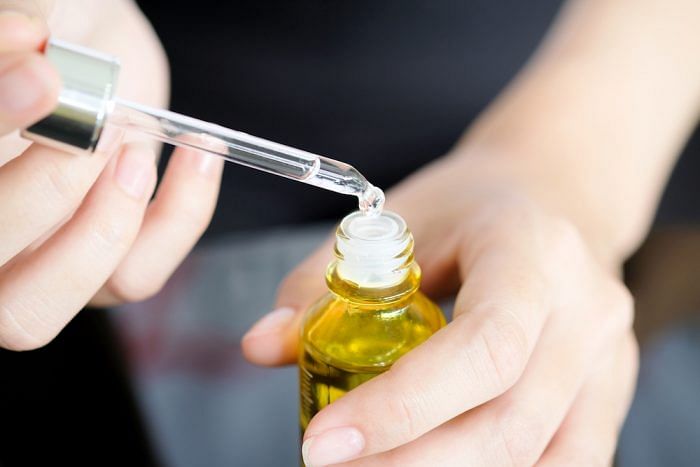Abstract
Nephrotoxicity is a common adverse effect of treatment with cisplatin (CDDP). This study was performed to evaluate the antioxidant and nephroprotective efficacy of ceftriaxone (CTX) and vitamin E (Vit.E), alone and in combination against CDDP-induced acute renal injury. Fifty-six male albino rats were equally divided into seven groups, receiving (I) normal saline, (II) CTX (100 mg/kg, intraperitoneal [i.p] injection), (III) Vit.E (100 mg/kg orally), (IV) CDDP (5 mg/kg i.p injection), (V) CDDP plus CTX, (VI) CDDP plus Vit.E, and (VII) CDDP plus CTX in combination with Vit.E. All treatments were administered daily for 10 days except CDDP, which was given as a single dose at the sixth day of the study. Compared to normal control rats, CDDP-injected rats showed significantly (p < 0.05) higher serum levels of renal injury biomarkers (uric acid, urea, and creatinine) and tumor necrosis factor-α (TNF-α), as well as increased renal tissue concentrations of malondialdehyde, nitric oxide, and TNF-α. Moreover, CDDP administration was associated with significantly lower (p < 0.05) renal tissue levels of reduced glutathione and activities of endogenous antioxidant enzymes (glutathione peroxidase, superoxide dismutase, and catalase) and total antioxidant capacity. All these alterations were significantly ameliorated in CDDP-injected rats, receiving CTX and/or Vit.E, compared to rats receiving CDDP alone. Interestingly, the antioxidant and anti-inflammatory effects were more marked in the CTX-Vit.E combination group, compared to groups receiving either drug alone. In conclusion, CTX and Vit.E (especially in combination) could counteract the nephrotoxic effect of CDDP, probably through their antioxidant activities.


